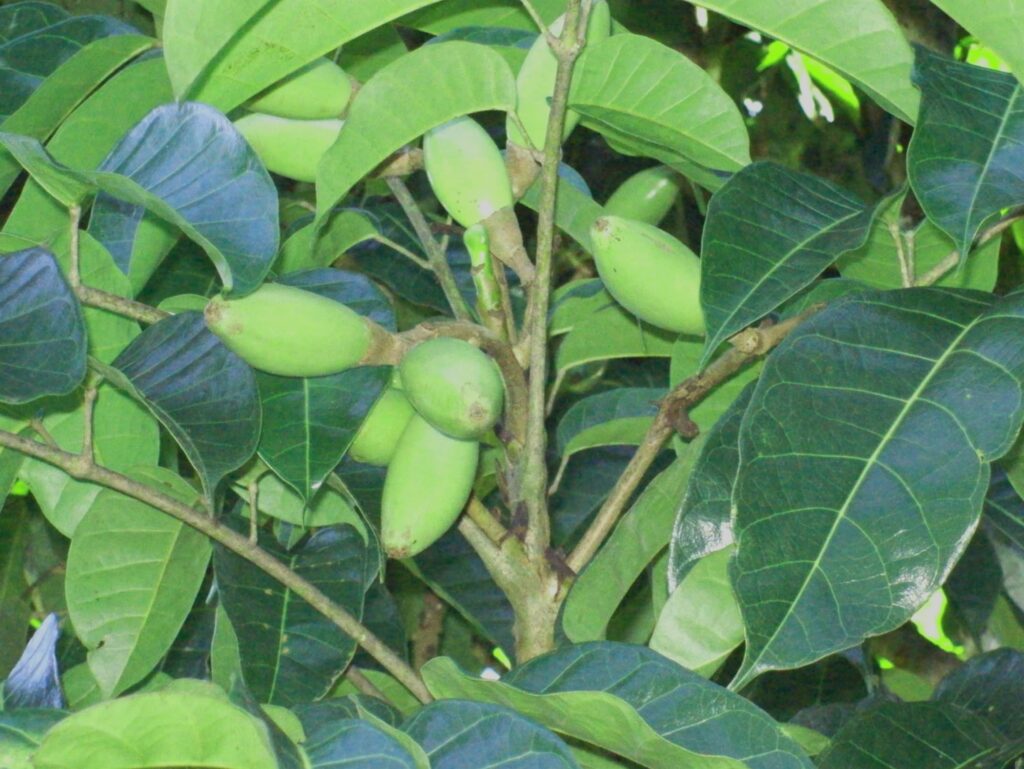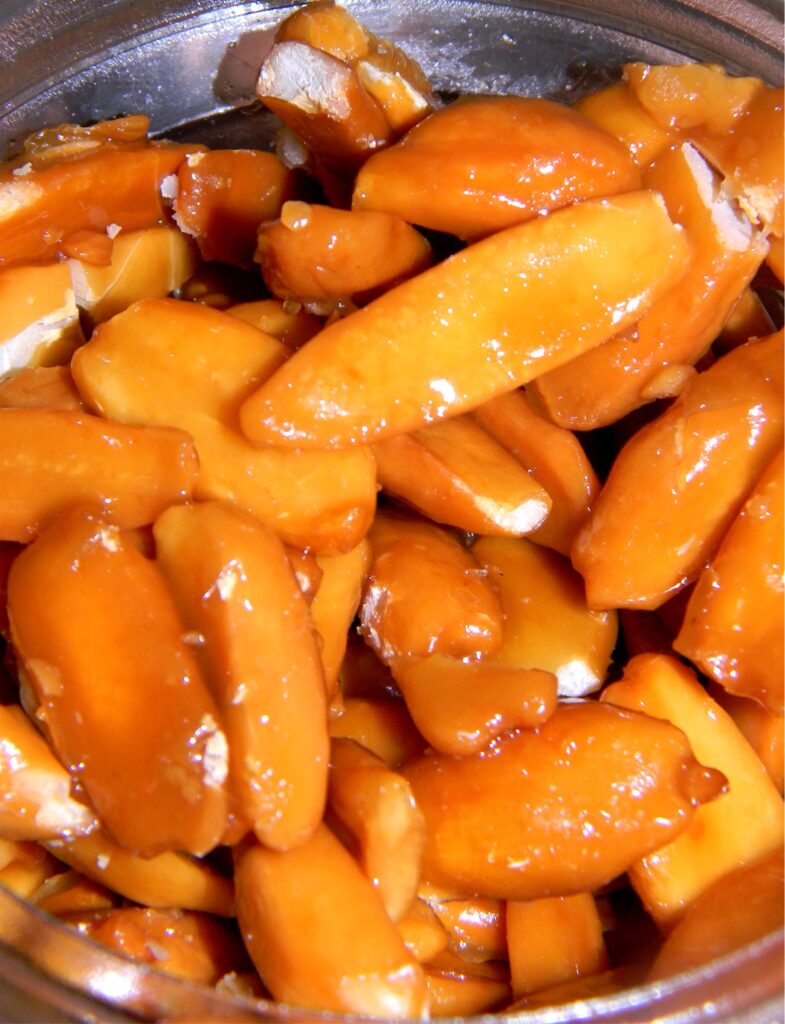The Laguna-based Southeast Asian Regional Center for Graduate Study and Research in Agriculture (SEARCA) is supporting the pili farmers in the Bicol Region to help them revive their livelihood activities that were stalled by the pandemic and typhoons.
Through its Grants for Research toward Agricultural Innovative Solutions (GRAINS), SEARCA funded a project of the Socio-Economic Development Program Multi-Purpose Cooperative (SEDP-MPC) called “Technology Adoption for People-Centered Innovation and Livelihood Integration (PILI).”
SEARCA Program Head for Emerging Innovation Glenn Baticados stressed that with GRAINS, SEARCA is pushing for starter technologies and projects that will benefit farming communities.
According to SEDP-MPC Chairman Jovic Lobrigo, pili is a viable product amid poverty brought about by disasters and vulnerability.
“We have the so-called tree of hope—pili—for resiliency, environmental and financial sustainability,” he said.
“By promoting pili-based livelihood, we give farmers and entrepreneurs the opportunity to recover and earn more,” Baticados said.
SEARCA Director Dr. Glenn Gregorio said the PILI project was the groundwork for a facility that aims to help 500 farmers and 1,300 women entrepreneurs generate 20 percent added income from pili processing.
Gregorio said the SEDP-MPC engaged 17 barangays in five municipalities to prepare to launch a pili processing facility in Albay.
Eighty-five percent or more than 6,000 tons of pili in the country is produced annually in the Bicol Region. The most useful part of the crop is the pili kernel.
Gregorio explained that the pili pulp is often discarded. However, the SEDP-MPC has trained farmers and entrepreneurs to extract oil and create value-added products such as candy, chips, and sauce to maximize the use of pili pulp.
He said the PILI project tested the machineries for pulp oil processing, including filtering and pressing. Enhancing the machines doubled the production capacity.
Now available at the SEDP Community Store are 175 liters of oil produced from the pili drupes purchased from 73 farmers in the towns of Manito, Camalig, Daraga, Tabaco, Bacacay and Malilipot in Albay province.
Gregorio said the pili oil can be used as raw material for cosmetics, medicines, and food.
Moreover, training on making soap and massage oil from pili was also conducted.
“The participants in the PILI project were taught to grow their planting materials and manage pests and diseases to ensure the quality of the source,” Gregorio said.
He added that the PILI project served as a market for the pili farmers’ harvest and created a source of livelihood for production workers, pickers, traders, and processors.
The two years of the COVID-19 pandemic were followed by three consecutive typhoons in Bicol within a month.
Meanwhile, Santeh Aquaculture Science and Technology Foundation sponsored the construction of the pili processing facility called SDPC PILI Hub.
Santeh Foundation President Philip Ong said the hub is an effort to mitigate the future effects of disruptions with SEDP microenterprises that Santeh helped in the past seven years. The two years of the COVID-19 pandemic were followed by three consecutive typhoons in Bicol within a month.
“It is time to be more ambitious and build a more sturdy and permanent production and consolidation hub. We chose to do it with PILI. We hope it will help many farmers to sell their products and their pili harvest at the right price,” Ong said.
He added that they aim to create pili products that will sell all over the world.
The Rotary International Foundation in partnership with Rotary Club Legazpi West provided the equipment. The PILI project is also supported by Germany-based Misereor, SEDP microfinance, the Department of Science and Technology, Bicol University, and local government units. (PR)



